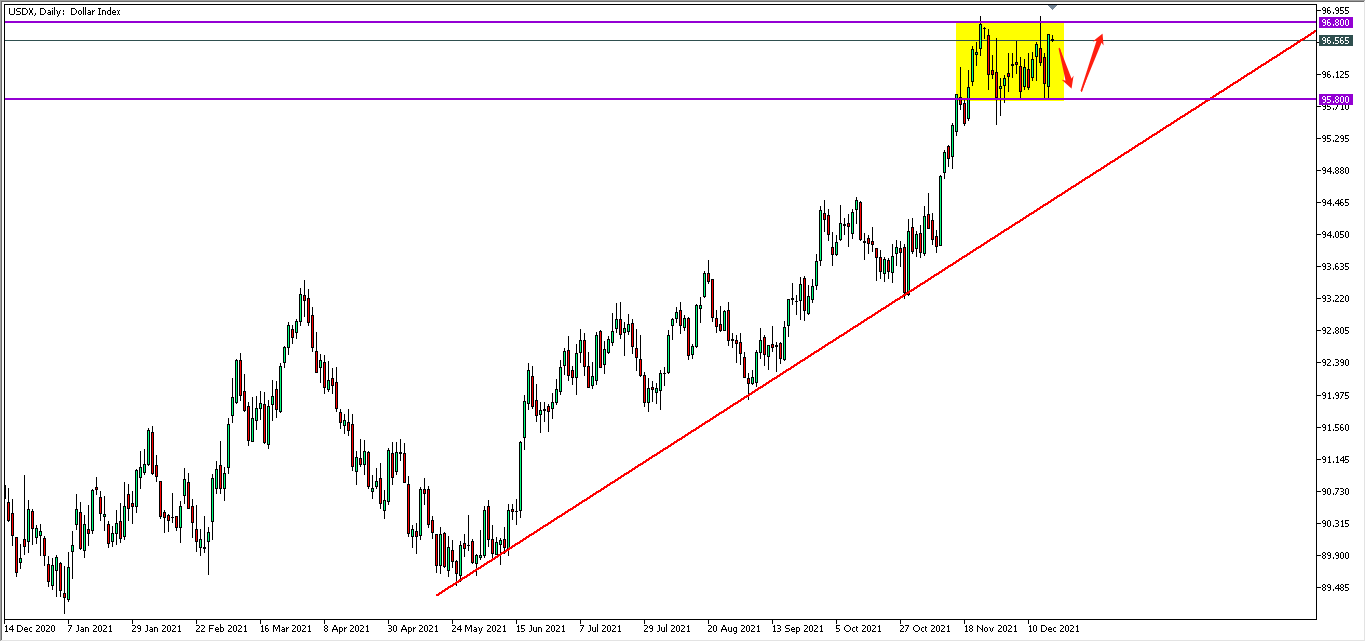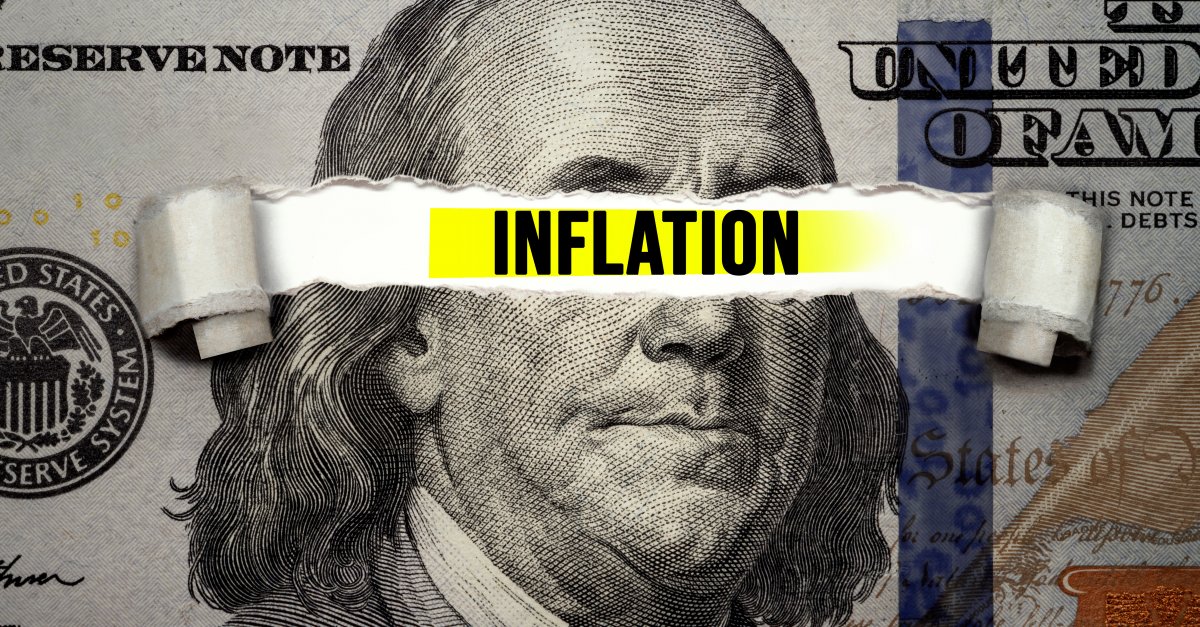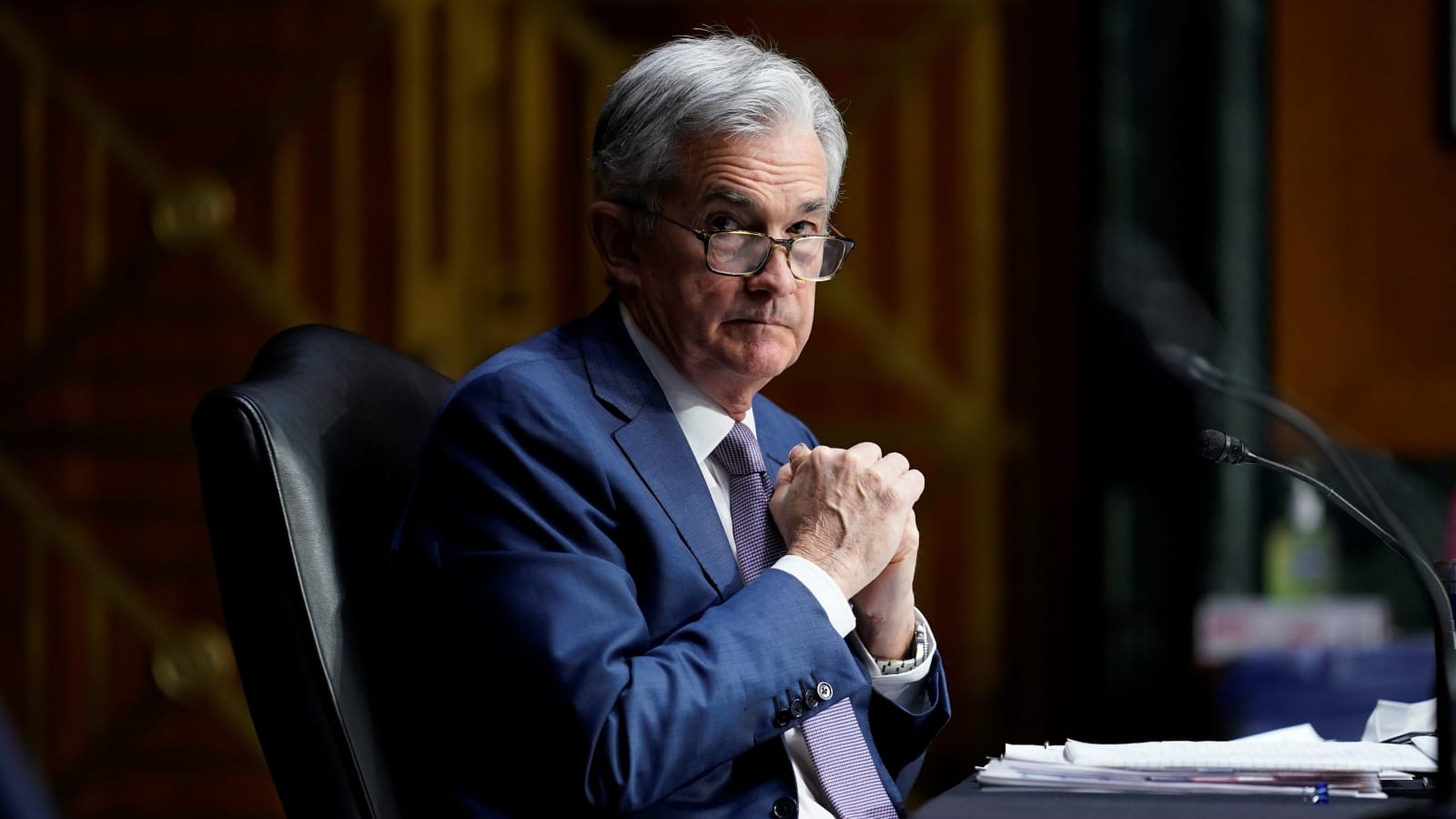
Dollar Surged Higher Amid Renewed Omicron Concerns

Dollar experienced a sharp rebound last Friday, erasing all its losses from Thursday’s hawkish Bank of England (BOE) and European Central Bank (ECB) policy statement. On Friday, dollar index rose 0.7% to 96.63, whilst rival euro and pound fell 0.83% and 0.64% against the dollar respectively.
Demand on the dollar was driven by a shift in market risk preference, after British researches said that there were no solid evidence that proves the Omicron variant is milder than Delta. Furthermore, the World Health Organization (WHO) noted that Omicron was spreading rapidly even in countries with high vaccination rates, with more countries detecting the newly discovered variant.
As more countries reinstate lockdown measures to curb the virus spread, the global economic recovery is expected to slowdown ahead. Should the Covid-19 situation worsens, the recovery path could be derailed, causing investors to sell-off riskier assets last week while entering into safe-haven.
From an economic point of view, the US continues to show robust recovery, with unemployment rate falling towards its pre-pandemic levels, while inflationary levels rising to decades high. As a countermeasure, the Fed ramp up its bond buying reduction while signaling three rate hikes in 2022.
As the world gets ready for the year-end holiday season, market participants will monitor closely on the progress of the Covid-19 to gauge the market’s performance entering into the new year.
——————————————————————————————————————-

From the technical front, the dollar index in its D1 timeframe continues to be traded within its side-way channel between the upper bound resistance near 96.80 and lower bound support near 95.80. With lack of market drivers and a holiday season ahead, the dollar is expected to experience thin trading while withholding its upward trendline. Further bullish movement would require a breakout confirmation from its resistance level.

Follow Regain capital
latest articles
-
- Jan 17,2022

-

-

-
- Jan 12,2022

-

-
- Jan 11,2022
































